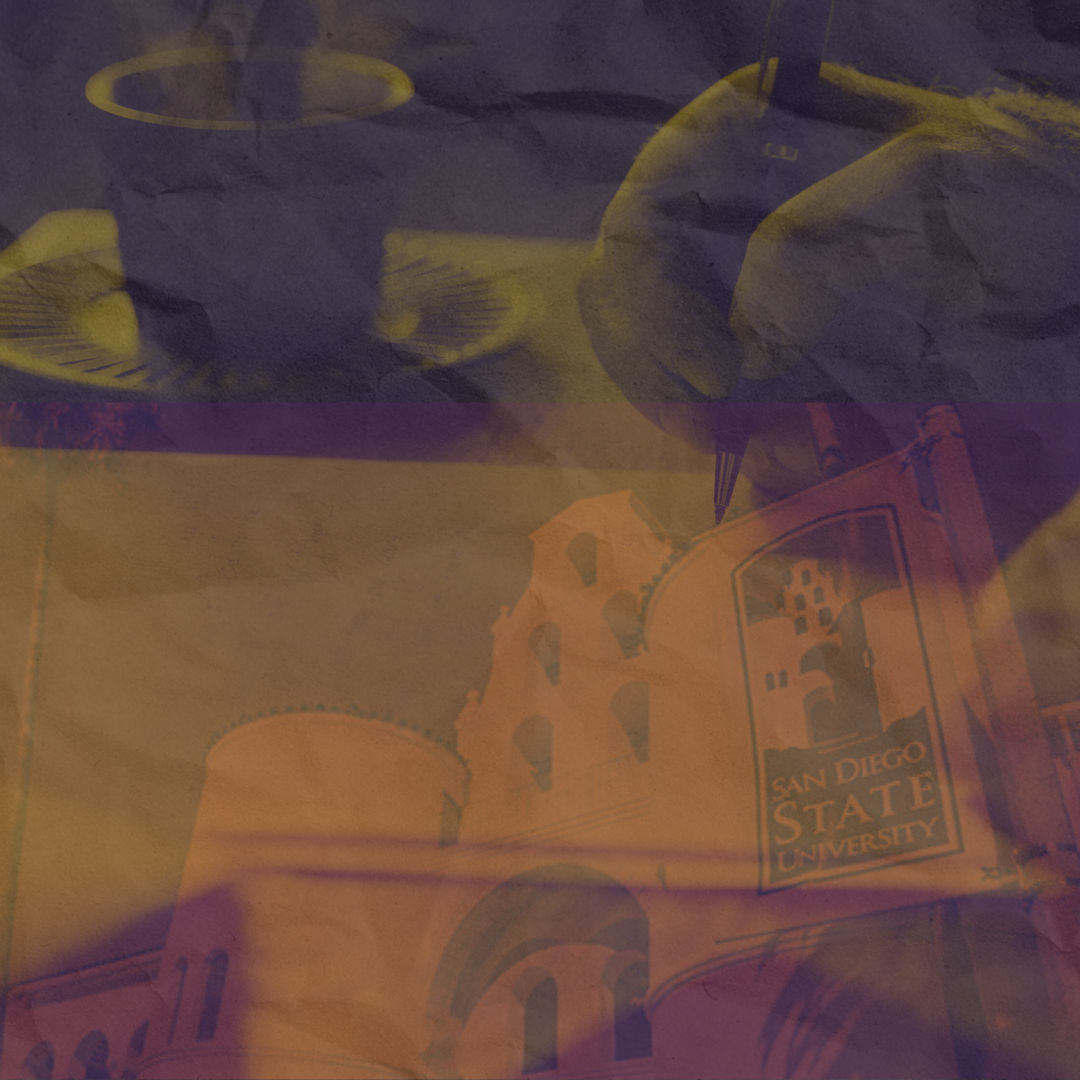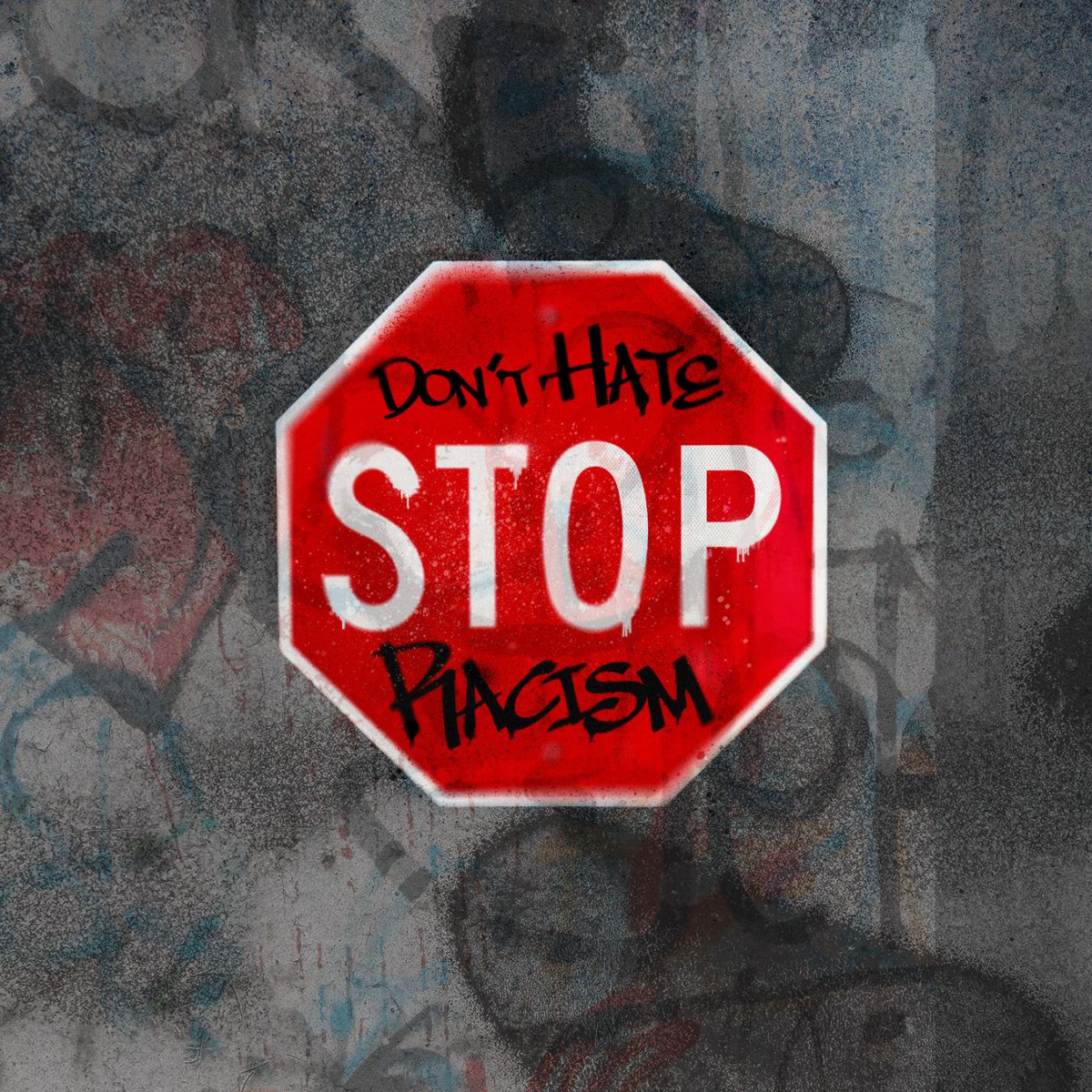Awareness days have a positive effect on public engagement and news coverage, according to a study published recently by a San Diego State researcher.
Graduate School of Public Health research professor John Ayers chose to use the Great American Smokeout as an example in the study. The Great American Smokeout is the nation’s oldest awareness day that encourages people to quit smoking.
“The reason we did was because awareness days are everywhere, probably one happened today,” he said. “We have no idea if they’re having an impact.”
The study, published in JMIR Public Health and Surveillance, used big data to explore the effectiveness of the awareness day.
By observing news coverage and social media, Ayers and his team developed a protocol to examine the effectiveness of the message. The team checked the amount of people online encouraging others to quit, as well as people engaged in actual quit attempts, Ayers said.
People could engage in one of three ways, Ayers said. They could go on Google and search for information on how to quit smoking, or they could go on a wikipedia page where there is a help guide on how to quit smoking and access that resource.
They could also call one 1-800 quit lines to receive live counseling on how to quit, he said.
“What we saw was that there was this upkick in news coverage, and it was contaminated with more people sharing information on how to quit than what you see on a typical day had the Great American Smokeout had not occurred,” Ayers said. “What we actually saw that’s more important, is the event was actually impacting public engagement.”
The study estimates that there are about 61,000 excess cases on average every year of people engaged in the quit attempt than would be expected had the Great American Smokeout not occurred, Ayers said.
Ayers said by understanding the impact of awareness days, it could also help make awareness days more impactful.
“So the answer isn’t like this is a deterministic finding, we now know awareness days matter, cool,” he said.
Big data approaches are changing the whole scientific process, Ayers said.
“By using open-access data we can gain insights into important problems bypassing the usual arcane and outrageously expensive approaches to science,” he said.
Ayers and his team used a similar method for a study published in February about the Charlie Sheen effect. In November 2015 actor Charlie Sheen publicly disclosed he was HIV-positive. The study, led by Ayers, found that there were record highs for internet searches about HIV and HIV prevention, as well as domestic news coverage.
Student researcher Eric Leas is a part of the SDSU and University of California, San Diego joint doctoral program in public health. He has assisted with many of Ayer’s studies, including the effect of awareness days study and the Charlie Sheen effect study.
“A theme we’ve been pursuing together (is) the impact of what we’ve been calling…organic advocacy … which is messages stemming from the public,” Leas said. “It’s a more democratic model of media, rather than a planned campaign.”
Leas said big data had a lot of potentials for use that are still unknown.
“It’s really exciting that some of these questions we’ve been able to ask haven’t really been available to ask with other sources,” he said. “That’s the most exciting aspect, to me, that we can grow a greater understanding of ideas and these constructs that we haven’t really been able to assess other ways.












